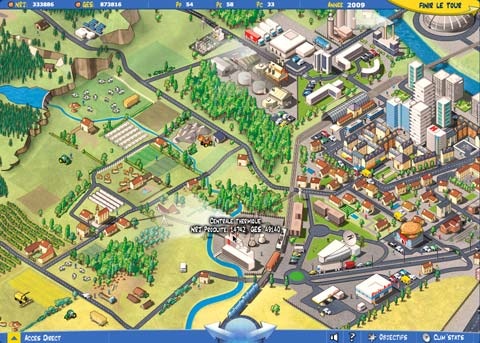 Setting emissions targets means more than just making direct emissions cuts — it also means growing our carbon sinks. Climate change minister Nick Smith seems to want to ignore this, insisting (once more) in his interview with Kathryn Ryan this morning that because NZ’s emissions were now running 24% above 1990 levels, that a 40% target for 2020 would mean cutting emissions by 64%. That is, of course, nonsense, because it ignores the role played by our prolific forests. In a timely reminder of the carbon sink potential of forestry in NZ conditions, the Science Media Centre today released a paper by Associate Professor Euan Mason and senior lecturer Dr David Evison of the School of Forestry at the University of Canterbury. In their “Comment on forestry and climate change” [PDF here, available to HT readers by kind permission of the SMC] they say:
Setting emissions targets means more than just making direct emissions cuts — it also means growing our carbon sinks. Climate change minister Nick Smith seems to want to ignore this, insisting (once more) in his interview with Kathryn Ryan this morning that because NZ’s emissions were now running 24% above 1990 levels, that a 40% target for 2020 would mean cutting emissions by 64%. That is, of course, nonsense, because it ignores the role played by our prolific forests. In a timely reminder of the carbon sink potential of forestry in NZ conditions, the Science Media Centre today released a paper by Associate Professor Euan Mason and senior lecturer Dr David Evison of the School of Forestry at the University of Canterbury. In their “Comment on forestry and climate change” [PDF here, available to HT readers by kind permission of the SMC] they say:
New forest planting is a very feasible and viable method to reduce New Zealand’s net emissions. New plantings will provide capacity for New Zealand to implement cost-effective reductions in industry and agricultural emissions, and possibly to develop new sequestration technologies.
They go on to look at ways of increasing the forestry sector’s contribution to emission mitigation (the very thing that Smith is ignoring):
With the right policy settings and with appropriate help for landowners, we could
markedly increase the GHG benefits of forestry by:1. increasing the rate of new forest establishment;
2. increasing sequestration in existing forests; and
3. increasing the use of wood as a construction material
And here’s the kicker: they quote Piers MacLaren on the true potential of afforestation:
… if we consistently achieved a new planting rate of 50,000 ha/year, it would take the best part of a century before we established forest on all our eroding landscapes, and meanwhile we would have carbon credits to sell to others on the international market.
That’s the real challenge, the true potential that Smith and the government are missing. I can only speculate that the forestry industry doesn’t vote National.
In the meantime, I urge anyone who wants the facts about forest carbon sequestration in NZ and its potential for the future (as well as a good discussion of the policy challenges) to read this paper.


